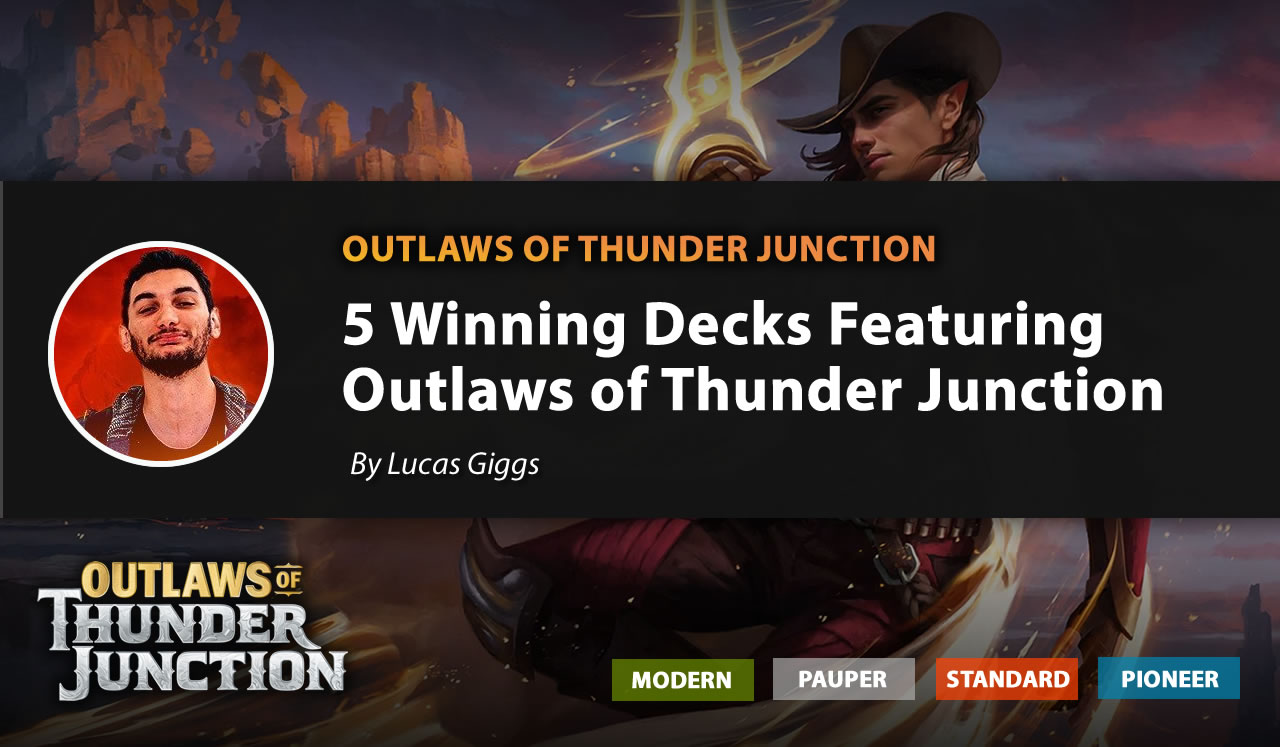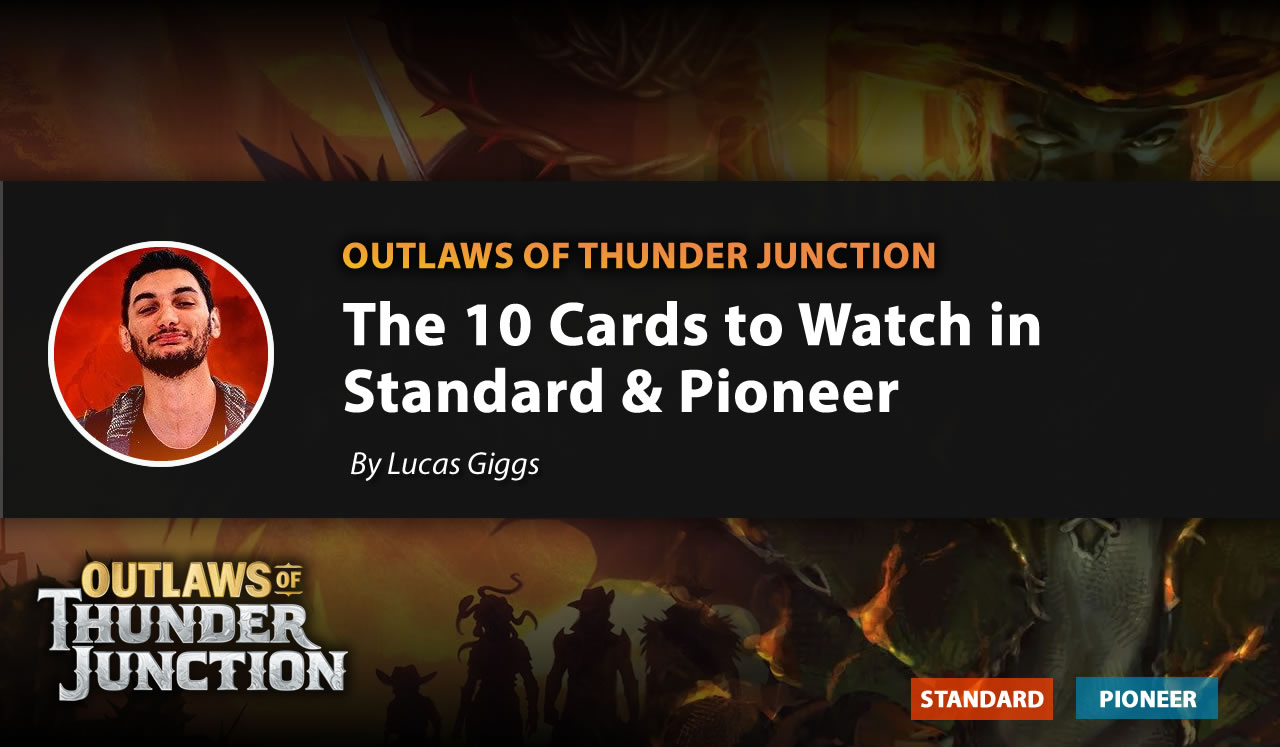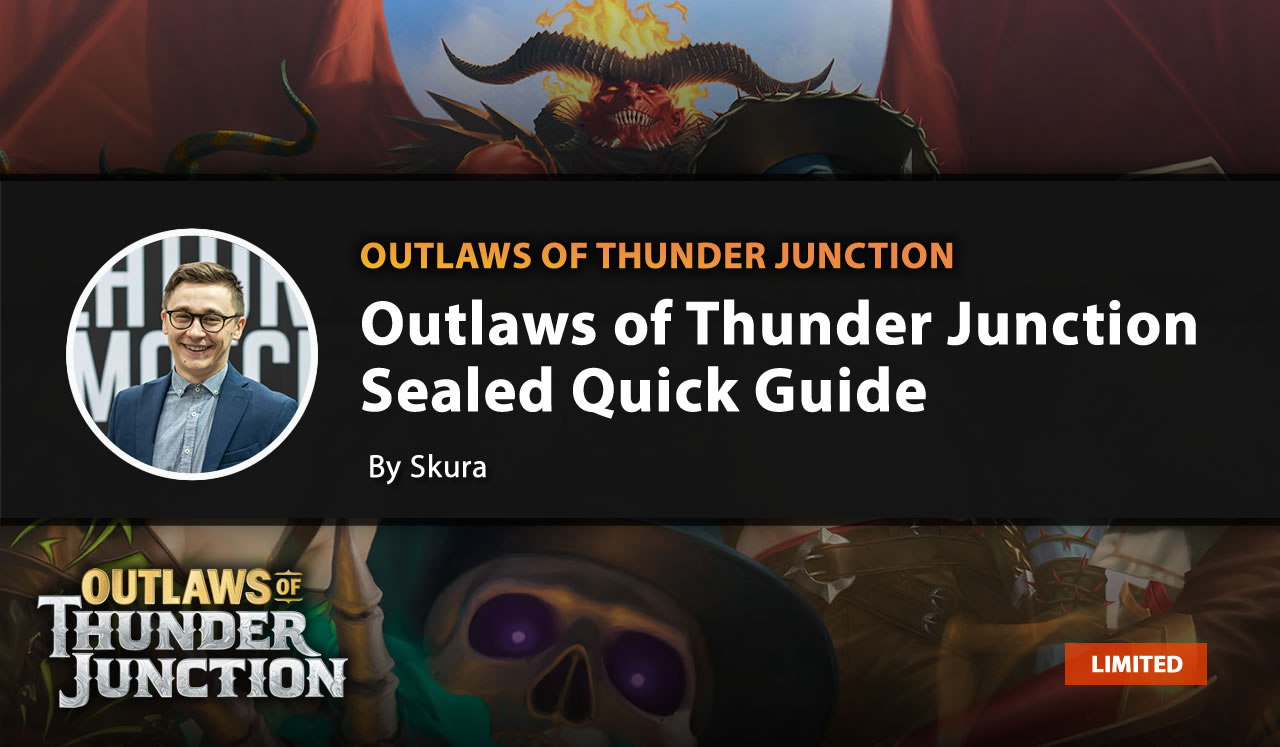Discovering Vintage: Key archetypes and strategies
What is this article about?
Hi, everyone! Are you ready for the MTGO Vintage Qualifier?
In this article, I'm going to give a general overview of the Vintage format - what it is, what the main decks are, and how they work. Vintage is a format that is disappearing in physical form due to the high cost of its staples , but it still has a pretty loyal community on MTGO. There are two challenges every weekend, and, in my opinion, it's one of the most fun formats because it gives you access to the most powerful and iconic cards in the game.

What makes Vintage so special?
Vintage has a peculiarity with respect to the rest of the formats and that is the list of restricted cards. In Vintage, all the cards are allowed (except ante cards) with the exception of the most powerful cards in the game - of which only one copy is allowed.
Vintage allows you to play all those cards that we have stored in our binders because they have been banned in almost all their legal formats - such as Oko, Thief of Crowns, Deathrite Shaman, Treasure Cruise, or Mental Misstep, etc. So do not hesitate to give it a try in a league on MTGO. I'm sure that the experience will be more than fun!
Traditionally, Vintage has been thought of as a format where you can win on turn 1. While it is possible, it's not the norm. And while Vintage has cards that are so powerful that the snowball effect can be overwhelming, it's still a game with a random factor. So it doesn't matter what format you're playing, we'll always lose and win games due to luck. This is much more evident in Vintage due to the power of the cards.
Vintage moves between three main archetypes that encompass the majority of decks that we should be prepared to face if we want to play in any tournament in this format. These archetypes would be the decks based on Mishra's Workshop, those that abuse Bazaar of Baghdad, and the ones built around the most powerful blue cards.
Mishra's Workshop-based decks
These decks revolve around playing Mishra's Workshop. The power level of this card is extremely high, giving us access to huge amounts of mana from the first turn of the game. This allows us to play the most disruptive artifacts possible, accompanied by cards that allow us an early aggression or lock in the game, preventing our opponent from developing his game.
All these decks usually share the same cards at its core:

Archetypes using this strategy
Within these decks we find two main variants, one much more focused on imprisoning our opponent and another in creating some early disruption and then attacking our opponent in a fulminating way, finishing him in a few turns.
The Prison Variants: Prison Shop
The main difference between this type of deck and other Mishra's Workshop decks would be its lower number of creatures, focusing more on creating a lock for our opponent using cards like Golos, Tireless Pilgrim, or Crucible of Worlds. If we play a Sphere of Resistance combined with a Crucible of Worlds, it will allow us to recycle our lands while our opponent won't be able to play any of their spells.

Aggro Variant: Aggro Shop
This version is much more explosive than the last one, and has a worse long-term plan. Cards like Foundry Inspector or Patchwork Automaton give us a very explosive start that, combined with a Sphere or a Wasteland, will give our opponent no time to react.

Mishra's Workshop decks pros & cons
Pros:
These decks generate a lot of mana in the early game, putting them in a winning position from the beginning of the game and hindering our opponent's game with mana denial and different artifacts that, due to the amount of mana we generate, will be easy to pay for.
Cons & how to beat them:
Their main weakness is that the vast majority of their spells are artifacts to abuse Mishra's Workshop. It is easy to find cards that can dismantle their whole strategy, such as By Force, Force of Vigor, or Hurkyl's Recall. In my opinion, the jewel in the crown against these decks is Energy Flux, since Mishra's Workshop doesn't allow you to pay upkeep, pulverizing the deck in a few turns.

Decks based on Bazaar of Baghdad
Bazaar of Baghdad is a very peculiar land in MTG. It doesn't give mana and it can't generate card advantage. What initially seems like bad card enables us to build decks with an extremely high power level by abusing the graveyard nonstop. These decks are very hard to beat if you're not prepared, winning games in an overwhelming way without even resolving a single spell, and only using cards with alternative costs, such as Force of Will or Force of Vigor. We could divide Bazaar of Baghdad decks into 3 large archetypes, each with its own peculiarities.
Shared cards across the different archetypes:

Bazaar of Baghdad archetypes
Dredge decks
The most classic deck build revolves around quickly drawing cards from the graveyard with our Narcomoebas and Ichorids, which, along with our Creeping Chills, will bring back our Prized Amalgams and Silversmote Ghouls, all while providing some disruption to close out the game quickly.

Squee Hollow Vine
This deck being less explosive than the previous one is against all odds able to generate card advantage with Bazaar of Baghdad by constantly pitching to our graveyard Master of Death and Squee, Goblin Nabob allowing us to more easily cast our free spells while cards like Hollow One and Vengevine finish off our opponent, getting Vengevine on the board with the help of our lizards.

Hoogak decks
This deck is different from the others in that it can generate mana, allowing it to play creatures that enable the strategy, like Stitcher's Supplier, as well as disruptive creatures like Collector Ouphe. It can quickly win with Vengevines or by casting Hogaak, Arisen Necropolis multiple times.

Pros and Cons of Bazaar of Baghdad archetypes
Pros
The great advantage of this type of decks is their ability to populate the table without casting any spells, making it very likely that we will take the first game. On the other side in the second and third game where we will have to deal with our opponent's sideboard cards.
Cons & how to beat them
We can attack these types of decks from several angles, with these strategies being so dependent on Bazaar of Baghdad, a turn 1 Pithing Needle will completely shut down their game plan, or cards that hit the graveyard like Leyline of the Void, Grafdigger's Cage, or Soul-Guide Lantern will give us enough time to win. Another great card against these types of strategies is The Tabernacle at Pendrell Vale, because due to the inability to generate mana, all their creatures will die in their upkeep, blocking much of their victory plan.

Blue based decks
In this section we will cover most of the decks in the format, reviewing the main strategies that range from midrange to combo, with the common factor being the use of the powerful blue cards like Time Walk and Ancestral Recall, but each of them trying to win the game from a different angle.

Blue Based decks archetypes
Blue Tinker decks
These decks have access to the most powerful spells in the game, including but not limited to Yawgmoth's Will and Dig Through Time, but by far the most powerful of all is Tinker. This spell, for the cost of 3 mana, gives us access most of the time to Sphinx of the Steel Wind, which will be a beatdown against the most aggressive decks, or to Bolas's Citadel, which, due to the ability to play cards for free, will overwhelm our opponent with the great card advantage it generates. Tinker, due to its level, is a restricted card, but we have access to efficient deck manipulation and also to the best tutors in the game (this is Vintage!), it will be easy to find and defend it with our counter-spells. These decks can win in several ways, such as with the efficient combo of Time Vault + Key, or by generating constructs with the Urza's Saga, being this type of decks the most present in the format.

Doomsday
In my opinion, the best combo deck in the format is the Doomsday mechanism. Resolving a protected Doomsday with our disruption and making stacks of Ancestral Recall, Black Lotus, and Thassa's Oracle wins the game with that play. Some lists add 2 Murktide Regents to the sideboard for an alternate plan. You can find a more detailed article about this deck here.

Paradoxical Outcome
This deck focuses on generating a ton of mana and card draw with our artifacts and the namesake card of the strategy, having several win conditions like the sagas or Monastery Mentor alongside the all-powerful Tinker. It's a deck that sacrifices some disruption for explosive power.

Sultai Midrange
This deck is the standard mid-range option in the format, lacking any combo potential compared to the other options but playing cards of great individual quality that can determine the course of the game, such as Collector Ouphe, Leovold, Emissary of Trest, or Oko, Thief of Crowns, all of which gum up our opponent's operations with some Wasteland and our counter spells finishing the game with a Tarmogoyf.

Oath of Druids
The main win condition of this deck is to resolve the aforementioned card by using the opponent's creatures as enablers of the combo, we can also create them ourselves with Forbidden Orchard. After that, Oath of Druids will allow us put into play they creatures that will allow us to take the game, such as Niv-Mizzet, Parun or Griselbrand. The combo is accompanied by the best planeswalkers in the format, such as Wrenn and Six or Oko, Thief of Crowns. This deck is very useful to fight creature-based metagames where there's a lot of Dredge or Aggro Shops decks.

Pros and Cons of Blue Based decks
Pros
The greatest advantage that blue-based decks have is the individual quality of some of their cards, which can shape the course of the game by resolving some of these. With the added bonus of playing the best cards ever created.
Cons & how to beat them
It is very important to identify what strategy we are facing, with some of the best cards to combat this type of deck being the following

Final words
With this article, I hope to pique your interest in this exciting format and give you a general idea of the main archetypes you might face. I urge you to give all of them a try—there are still some decks left to talk about, and we could go into more depth about some of the decks in future articles.
I hope you like it and see you in the comment!
Sign Up for MTGDecks newsletter
You'll receive a weekly email with more articles like this.
Eternal formats expert
Eternal formats expert Pablo Carrasco is known as burrarun on Magic Online. There, he's had great success in Legacy and Vintage MTGO Challenges, winning many of them. In 2020, he even took home the Tolarian Academy Championship in Eternal Weekend. Pablo is a force to be reckoned with in any eternal format!







